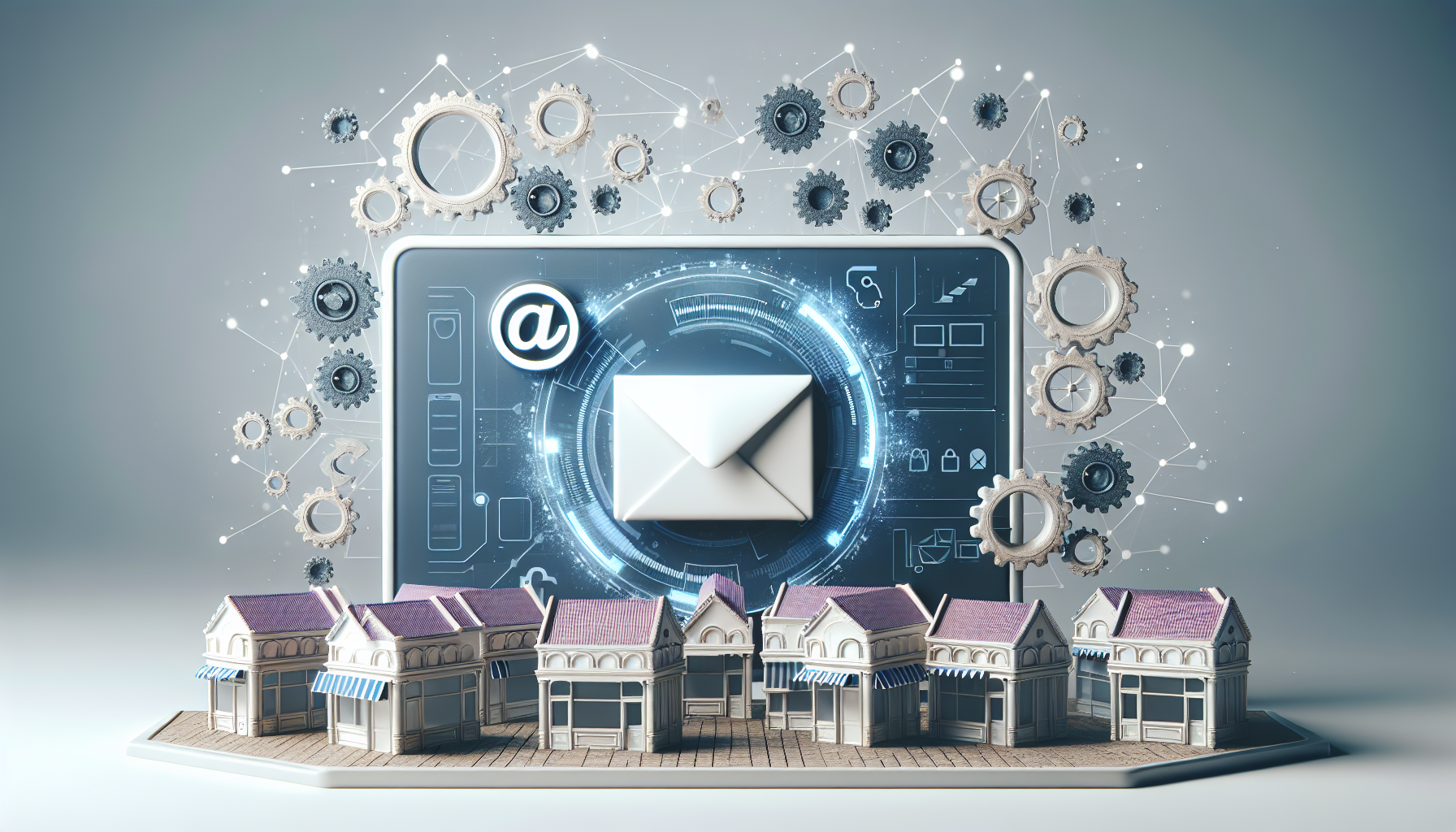Understanding Email Marketing Automation
Email marketing has evolved into an essential tool for small businesses looking to create connections with customers and drive sales. Automation allows you to streamline your efforts, personalize your communications, and improve your return on investment.
Choose the Right Email Marketing Platform
The first step in automating your email marketing is selecting an appropriate platform. Look for software that includes:
- User-Friendly Interface: Ensure that the platform is easy to navigate, making it accessible even for those who are not tech-savvy.
- Automation Features: Look for features such as autoresponders, drip campaigns, and segmentation capabilities.
- Integration Options: Consider platforms that can integrate with your existing tools, such as CRM systems, e-commerce software, and lead generation tools.
- Analytics and Reporting: Choose a platform that offers robust analytics to help you track open rates, click-through rates, and conversions.
Build a Targeted Email List
- Opt-in Forms: Use sign-up forms on your website and social media to collect email addresses. Incentivize users with discounts, eBooks, or exclusive content.
- Segment Your Audience: Divide your email list into segments based on interests, demographics, and purchasing behavior. This allows for personalized messaging that resonates with each group.
- Regularly Clean Your List: Remove inactive subscribers regularly to maintain a healthy email list that improves deliverability and engagement rates.
Create Engaging Content
- Personalization: Use the recipient’s name and tailor content to their interests. Segmenting your email list allows for this targeted approach.
- Compelling Subject Lines: Craft intriguing subject lines, as they significantly affect open rates. Incorporate urgency or curiosity while keeping it concise.
- Visual Appeal: Use high-quality images, infographics, and responsive designs that are mobile-friendly. An aesthetically pleasing layout can lead to higher engagement.
- Value-Driven Content: Ensure every email offers value, whether through informative articles, tutorials, or exclusive deals. Focus on providing solutions to your audience’s pain points.
Automate Drip Campaigns
- Lead Nurturing: Create a series of automated emails that guide new subscribers through a relationship-building process. For instance, introduce your brand, share testimonials, and highlight key products over time.
- Behavior-Based Triggers: Set up triggers that send automated emails based on user actions. For example, if someone abandons a cart, automatically send a reminder email with a discount to encourage completion of the purchase.
- Re-engagement Campaigns: For inactive subscribers, develop re-engagement campaigns targeting those who haven’t opened your emails in a while, offering a reason to return or update their preferences.
Schedule Your Emails Wisely
Timing plays a critical role in email marketing success. Consider the following:
- Optimal Send Times: Research suggests that mid-week and Friday mornings are often effective. However, perform A/B tests to identify the best times for your specific audience.
- Frequency: Avoid overwhelming your subscribers with too many emails. Maintain a consistent schedule that keeps your audience engaged without leading to fatigue.
Test and Optimize
- A/B Testing: Regularly test different subject lines, email content, and sending times to determine what resonates with your audience. Use the results to refine your strategy.
- Track Metrics: Monitor essential metrics such as open rates, click-through rates, bounce rates, and engagement levels. Based on these insights, make necessary adjustments to your campaigns.
- Feedback Loops: Ask your subscribers for feedback on your emails, incentivizing them to participate. This feedback can provide valuable insights into how to improve your campaigns.
Integrate with Other Marketing Channels
- Social Media: Promote your email sign-up forms across your social media platforms to capture a larger audience. Share snippets or highlights from your email content to encourage subscription.
- Content Marketing: Use your email campaigns to drive traffic to your blog or website. Highlight recent articles, guides, or best practices to position your business as an industry leader.
- Email to Drive Sales: Sync email marketing with promotions and sales events. Create targeted campaigns that notify subscribers about exclusive offers or new product launches.
Focus on Compliance and Best Practices
- Follow GDPR and CAN-SPAM Regulations: Ensure that all your email marketing practices comply with relevant laws and regulations, which include offering easy unsubscribe options and obtaining consent for email communications.
- Monitor Subscription Process: Provide transparency in your opt-in process, explaining what subscribers can expect regarding content and frequency of emails.
Utilize Advanced Automation Techniques
- Customer Journeys: Map out customer journeys to target specific touchpoints with automations. This approach provides a seamless experience, guiding customers from awareness to loyalty.
- Dynamic Content: Use dynamic content in your emails to cater to individual preferences. This technique provides an individualized experience for each subscriber based on their previous interactions with your brand.
Utilize Analytics for Future Strategies
- Conversion Tracking: Set up conversion tracking in your analytics to determine which emails drive conversions and revenue. Use these insights to model future campaigns.
- Benchmarking: Compare your metrics against industry benchmarks to gauge your performance. If your open rate is significantly below average, revisit your subject lines and audience engagement strategies.
Continuous Learning and Adaptation
- Stay Updated: Email marketing trends evolve; keep pace with new strategies, tools, and best practices through industry blogs, webinars, and training courses.
- Networking: Engage with other professionals in your niche. They can provide insights, ideas, and inspiration for improving your automated email marketing strategies.
Conclusion
Successfully automating email marketing for your small business involves a strategic approach that prioritizes the needs of your audience. By leveraging the right tools and techniques, maintaining an engaging content strategy, and analyzing performance metrics, you can create powerful email campaigns that drive growth and enhance customer relationships. Each of these practical tips contributes to a sophisticated marketing strategy that can scale with your business needs.


